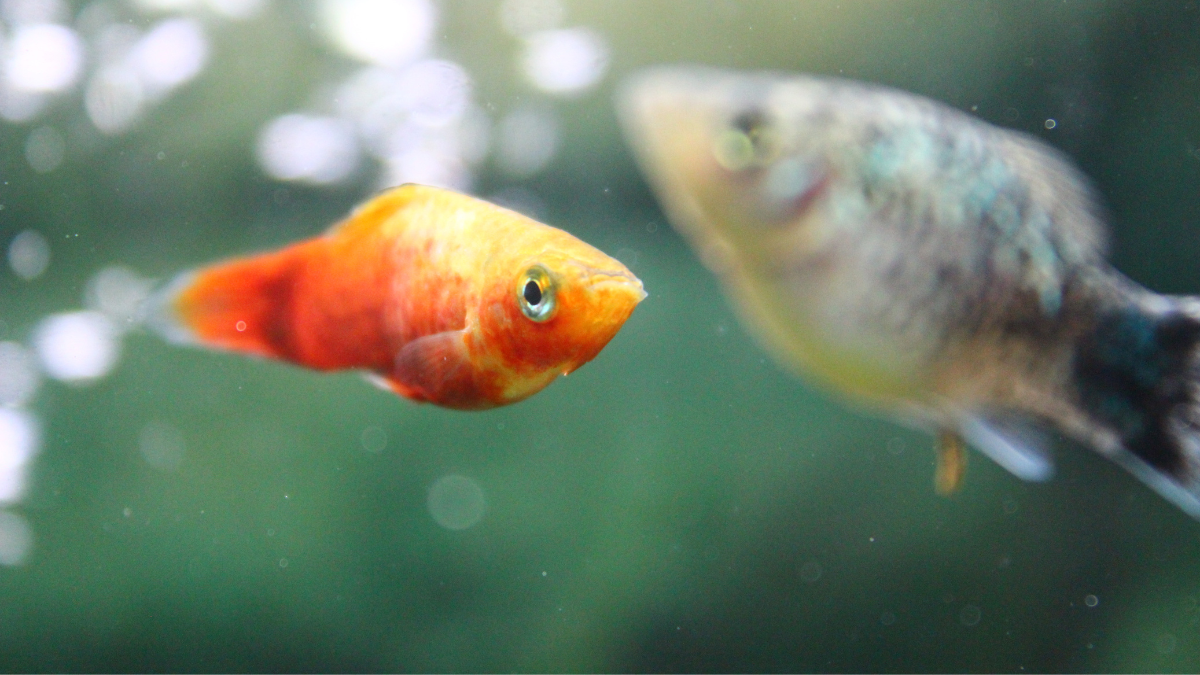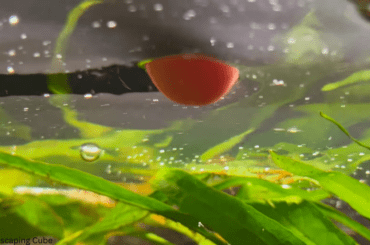Fish may exhibit clamped fins for several reasons. Sometimes it may not a disease in itself and can be a sign that something else is going wrong in your tank. So, we’re going over how and why your fish might have clamped fins.
What are Clamped fins of Aquarium Fish?
When your fish clamp their fins, they will not be fully extended as they should be. Compared to a healthy fish, the angle of the tail fin starts to decline, and the dorsal starts to collapse. It means the tail width is getting less, and the dorsal is getting more narrow. At this stage, the fish is treatable.
If you go farther where it gets to a stage especially, you can see the dorsal becomes like a point. The fish may become untreatable. Actually, if the fish is as healthy as eating, you can treat it, but the fins may never seem to recover.
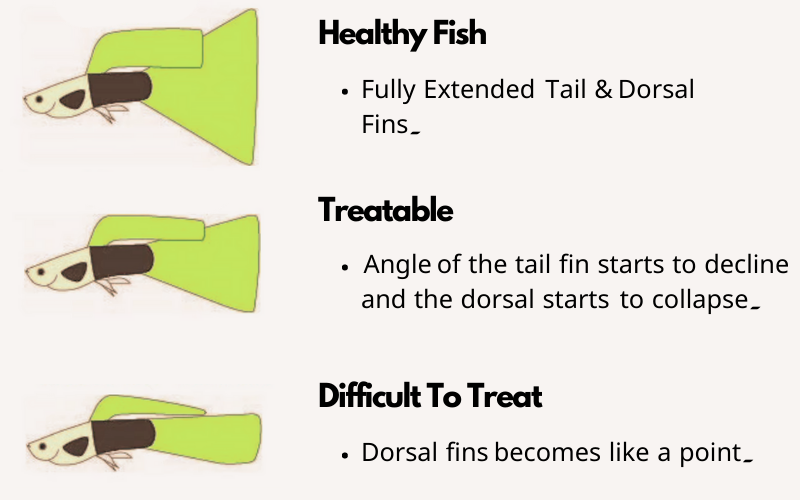
Here are some of the fish that has got their fins clamped.
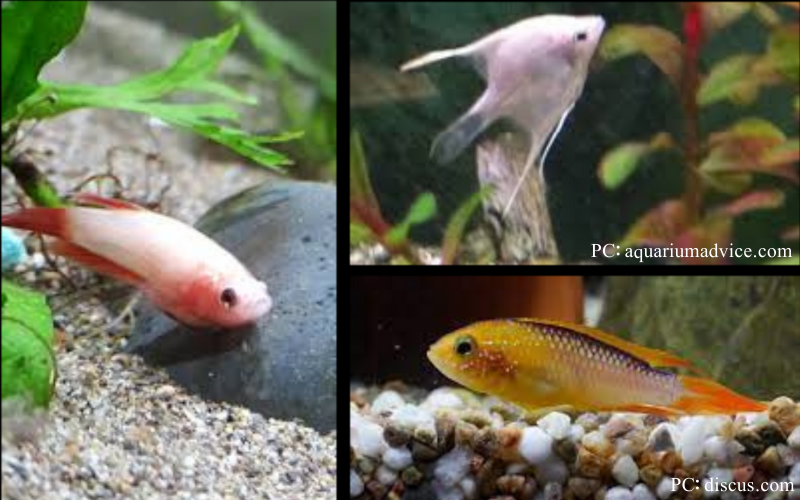
Main Causes & Treatments for clamped fins on a fish?
So, without further ado, let’s get into the top-four reasons why fish will have clamped fins.
Water Temperature
The first main reason for the clamped fins of your aquarium fish is water temperature. Many species of fish require warm and stable tank temperatures.
Large temperature fluctuations in your tank of more than one or two degrees can really stress your fish’s body. It can lower the fish’s immune system, cause symptoms such as clamped fins, and leave the fish vulnerable to other diseases.
So if you do not live in a warm enough climate or keep your home temperatures low, using an aquarium heater in your fish tank is better.
Unfortunately, even for those who keep heaters in their aquariums, if the heater capacity is insufficient or not functioning properly, it may cause clamped fins. So your aquarium heaters need to be checked regularly to ensure they are functioning properly and maintaining the correct temperatures in the tank.
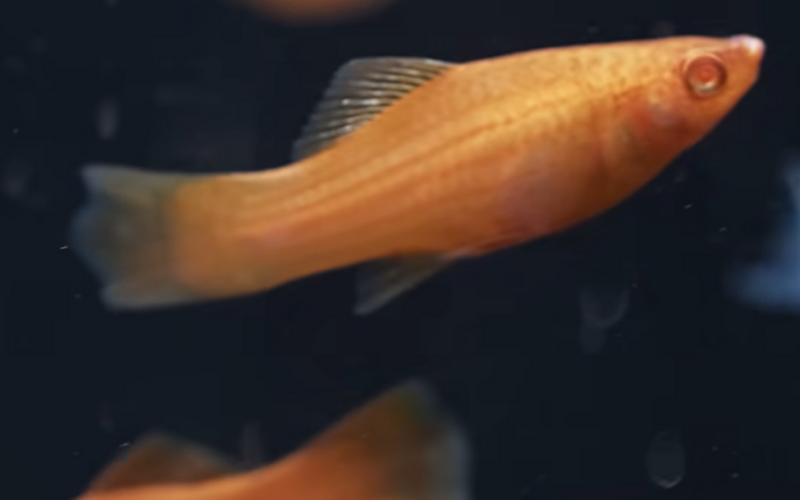
Water Quality
Number two is the water quality of your aquarium. Water quality is one of the first things we want to check when your fish exhibits any signs of stress or illness. Leaving your fish in poor water can cause several issues, including clamped fins and many diseases.
So we always need to make sure that we are checking our water quality regularly. One recommended water testing product is the API Master Test Kit. But there are many other great water testing kits available out there.
Some people prefer test strips, although these strips need to be stored in a dry area. So, test strips are not always the best if you live in a humid climate.
Once you have an accurate picture of your water quality, you’ll know if you need to use a product to alter your tank water parameters, such as your PH or if the solution is just as simple as doing a water change.
Ich Disease
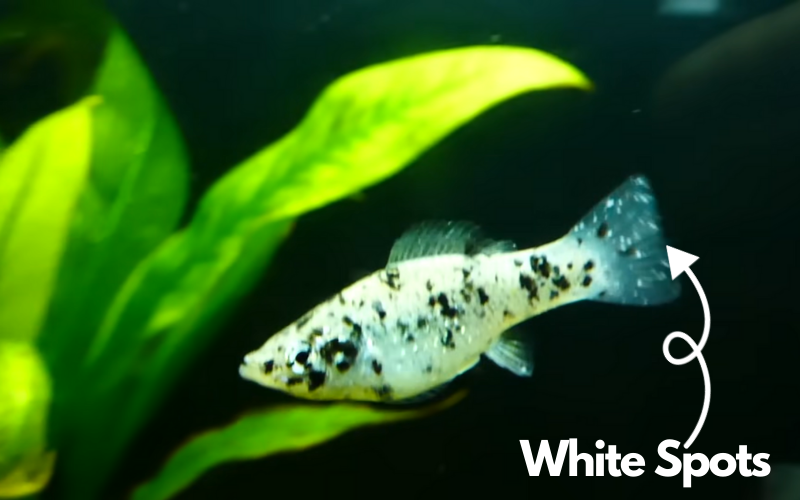
Number three is Ich disease in aquarium fish. Clamped fins can be a common early sign that your fish may be infected with Ich, also known as white spot disease.
Infected fish will often start rubbing themselves on ornaments and against gravel. As well as having clamped fins, ick will appear as small white spots on your fish, and it will look almost as though someone has sprinkled salt all over their body.
Ich is a small protozoan that is extremely common in the aquarium hobby. There are several treatments available for ick.
Regarding medicinal treatments, Hikari Ickx is often a recommended medicine amongst fish keepers. However, if you are looking for a more naturalistic approach, many hobbyists will swear by dosing the tank with aquarium salt and raising the tank temperature.
Others swear by adding garlic to the fish’s food or by using fish food that contains garlic. This may be due to garlic being thought to have antiparasitic properties.
Gold Dust Disease (Velvet)
Number four is velvet, also known as gold dust disease. Fish experiencing this will often have a rust-like appearance on their bodies. Fish may begin to rub themselves on ornaments and against the gravel. You will also sometimes notice clamped fins and labored breathing.
The most common treatment for treating velvet is just merely shutting off the tank lights and raising the temperature. Some will even go as far as covering the tank to help keep the light out. Copper-based treatments can also treat velvet cases if used as directed.
How to Avoid Clamped Fins of Aquarium Fish
Generally, in most fish tanks, there can be harmful germs around. If your fish is healthy and the water is good, usually your fish can fight off, and it doesn’t bother them. But once they’re stressed from poor quality or other factors, the parasites and fungus can take over.
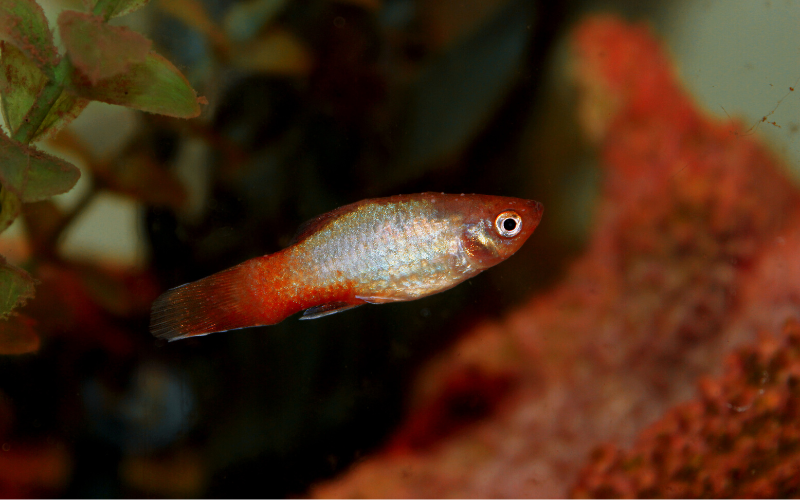
The best way to treat clamped fins is to cover all possible causes. So you should fix the water quality if there is any toxicity, treat for external parasites and fungus, and treat for internal parasites. Do all three at the same time.
As an immediate treatment to gain the water quality, you can do a 50% water change depending on the test results.
There are several aquarium medicines for external parasites, internal parasites, and fungus . You can simply check your local aquarium shop for available medicines. But make sure to read the given directions before using those medicines in your aquariums. As well as, it is always recommended to contact a veterinarian for futher medical treatments.
Some fish are more sensitive than others when it comes to treatments. Also, some medications may cause damage or destroy live plants. So always make sure you do your research before treating your tank. As well as having an extra tank for quarantining fish is always a good idea.

